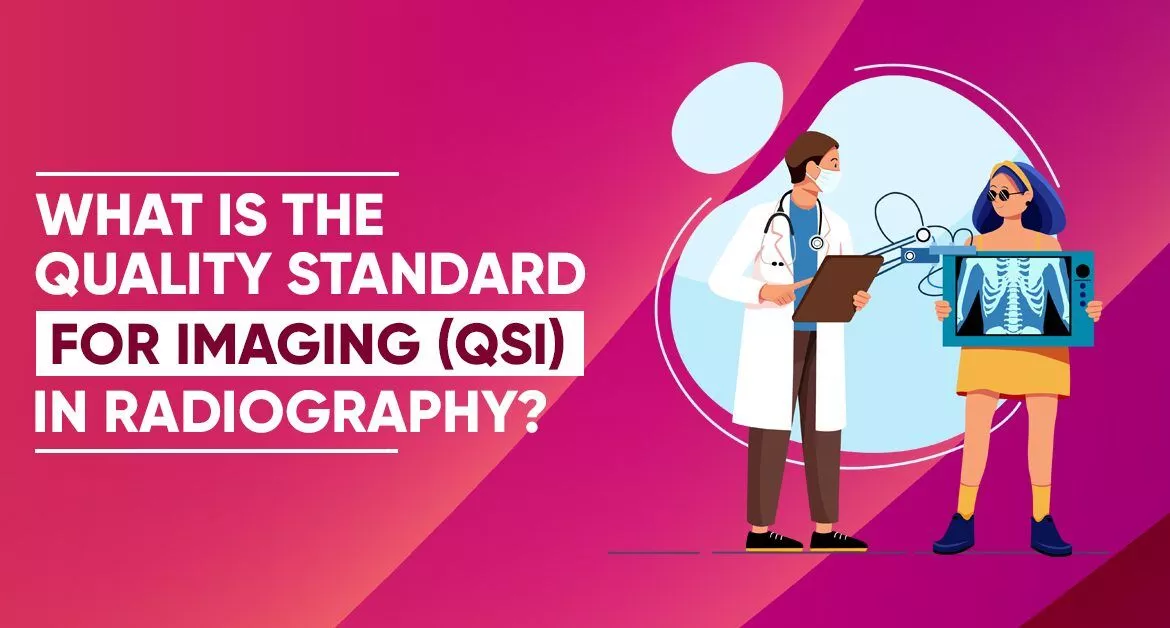| IN THIS ARTICLE |
|
1. What is the QSI standard? 2. Structure of the QSI standard 3. How does QSI it help patient care |
What is the QSI standard?
The QSI is a standard that ensures that patients will receive quality care, aimed at a proper clinical experience.
Imaging services across the UK must benchmark their performance against this standard and continuously make improvements. In this way, accreditation is obtained from a third party.
The Quality Standard for Imaging has been developed under the supervision of a large group of radiologists, radiographers, sonographers, and medical physicists. Thanks to the revision and consultations with government entities, the applicability of the Standard is extended throughout the UK.
The QSI consists of a structure that covers the entire experience of a patient undergoing imaging tests and consultations. By assessing each of these aspects, a minimum level of expectation in image care can be ensured.
Structure of the QSI standard
In the structure of the Quality Standards (QS) we find several elements that will help us identify the service to which it is applied.
The QSI is applied to 5 modalities in the imaging area, which are:
- Computerized tomography
- Interventional Radiology
- Magnetic resonance imaging
- Nuclear medicine and molecular imaging
- Ultrasound
When studying the structure of the Quality Standard we can see the Reference number: a unique code that summarizes the information.
In addition, we will find the standard, identified by its name, as well as the Quality statement, which describes the service quality required. The Outcome measure is a description of the expected high-quality achievement.
We will also find the Indicative inputs, which describe what a service should do to achieve the QS.
And finally the Notes. The notes give more detail about either the interpretation or the applicability of the quality standard. The notes are prompts designed for the review team, the service, and the stakeholders.
How does QSI it help patient care?
Medical practices are subject to constant changes and evolution, so health providers must keep you in continuous improvement.
The Quality Standard for Imaging supports imaging services to improve their performance and results, reflecting a better patient experience.
The QSI allows the quality of care received by people attending imaging services not to be limited to a ceiling, but rather a minimum is established, which will cause quality levels to increase throughout the UK.
Just as medicine evolves every day, the Quality Standard for Imaging will be reviewed every 4 years to ensure its validity and relevance in imaging services.
